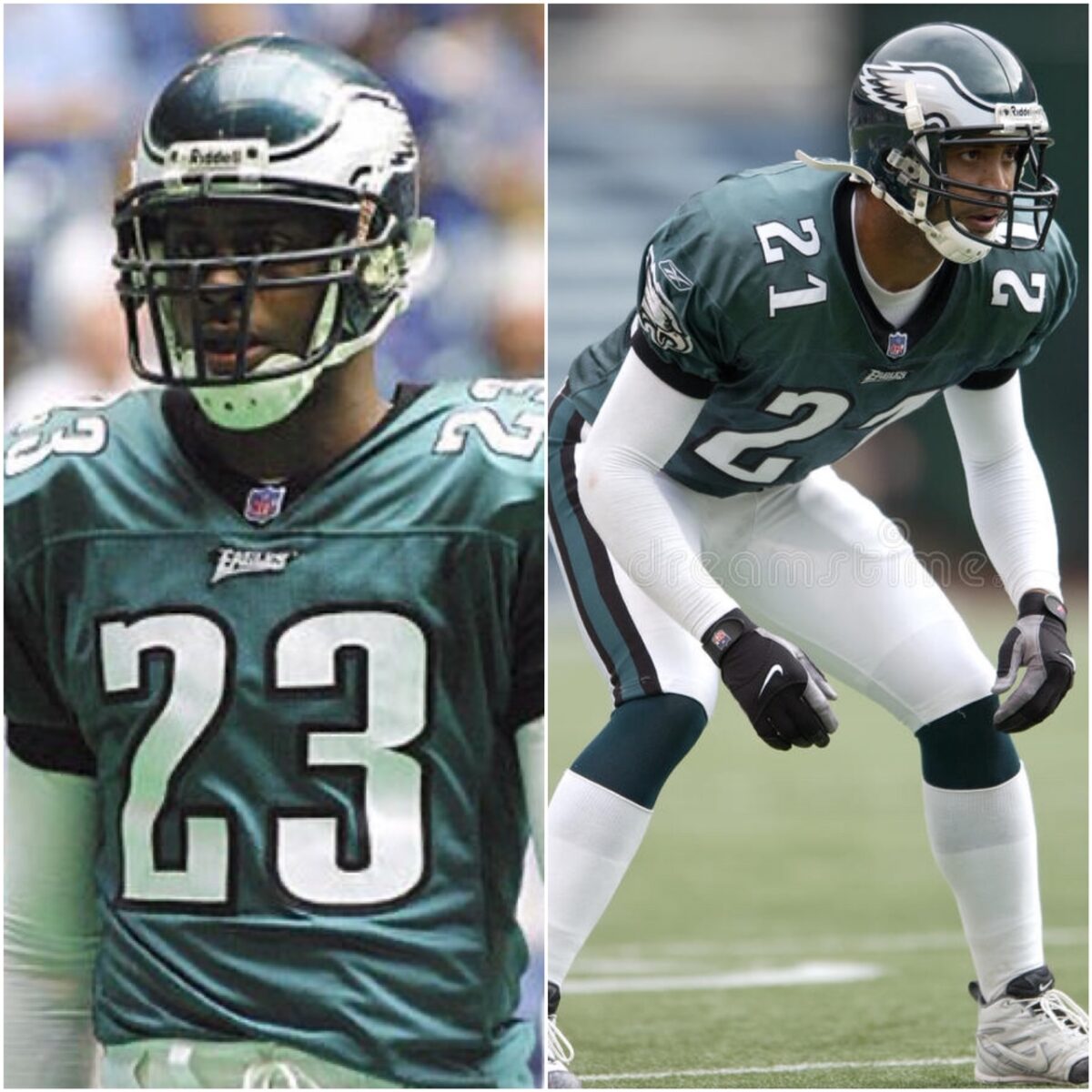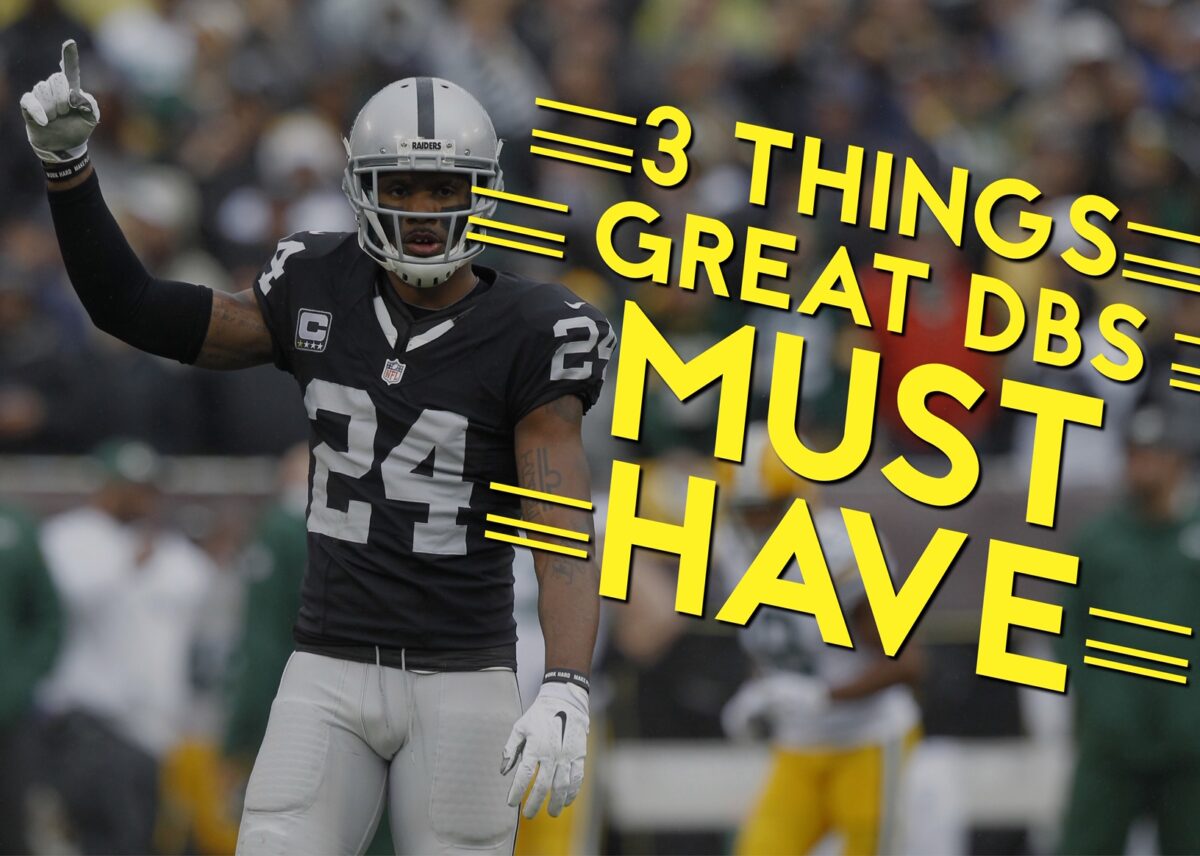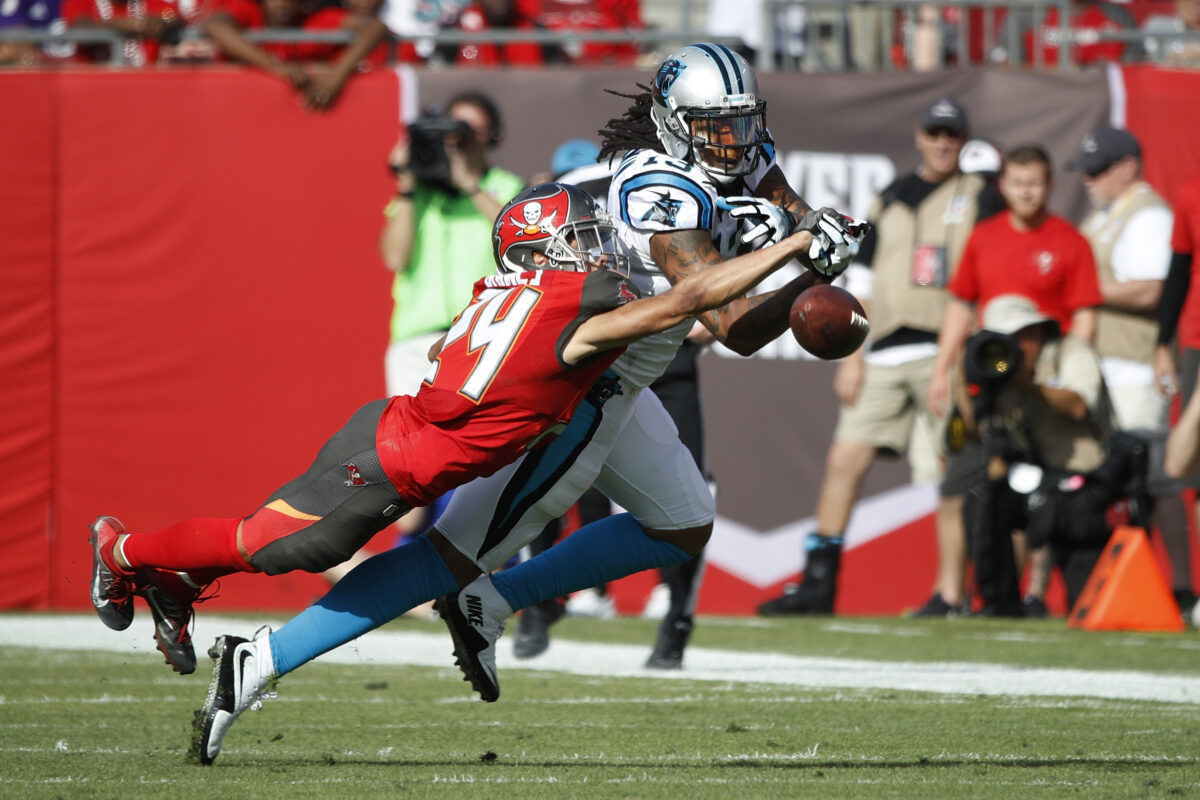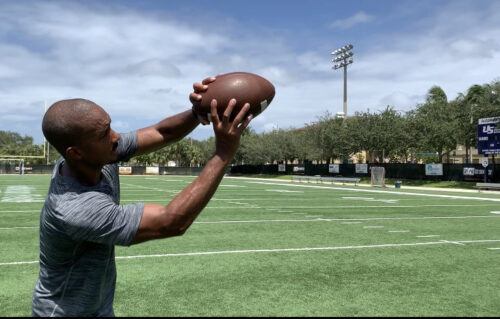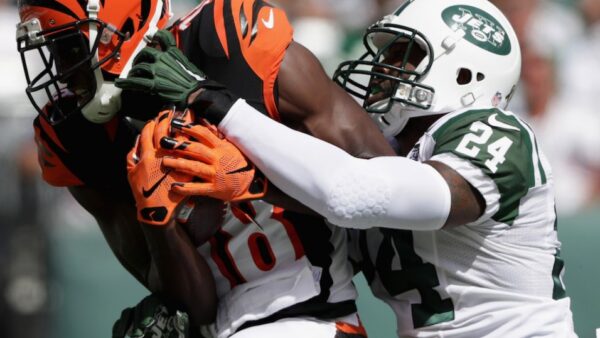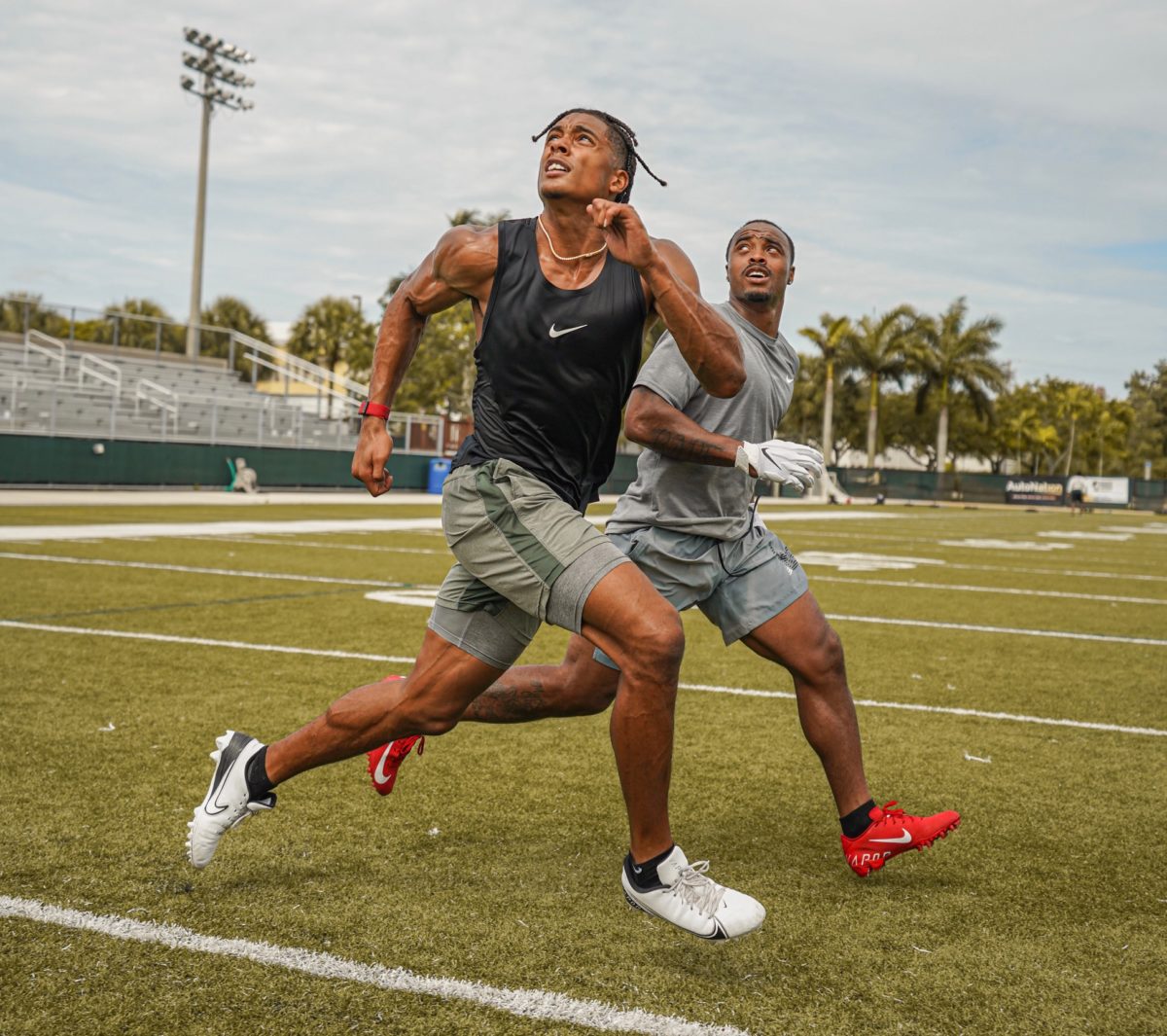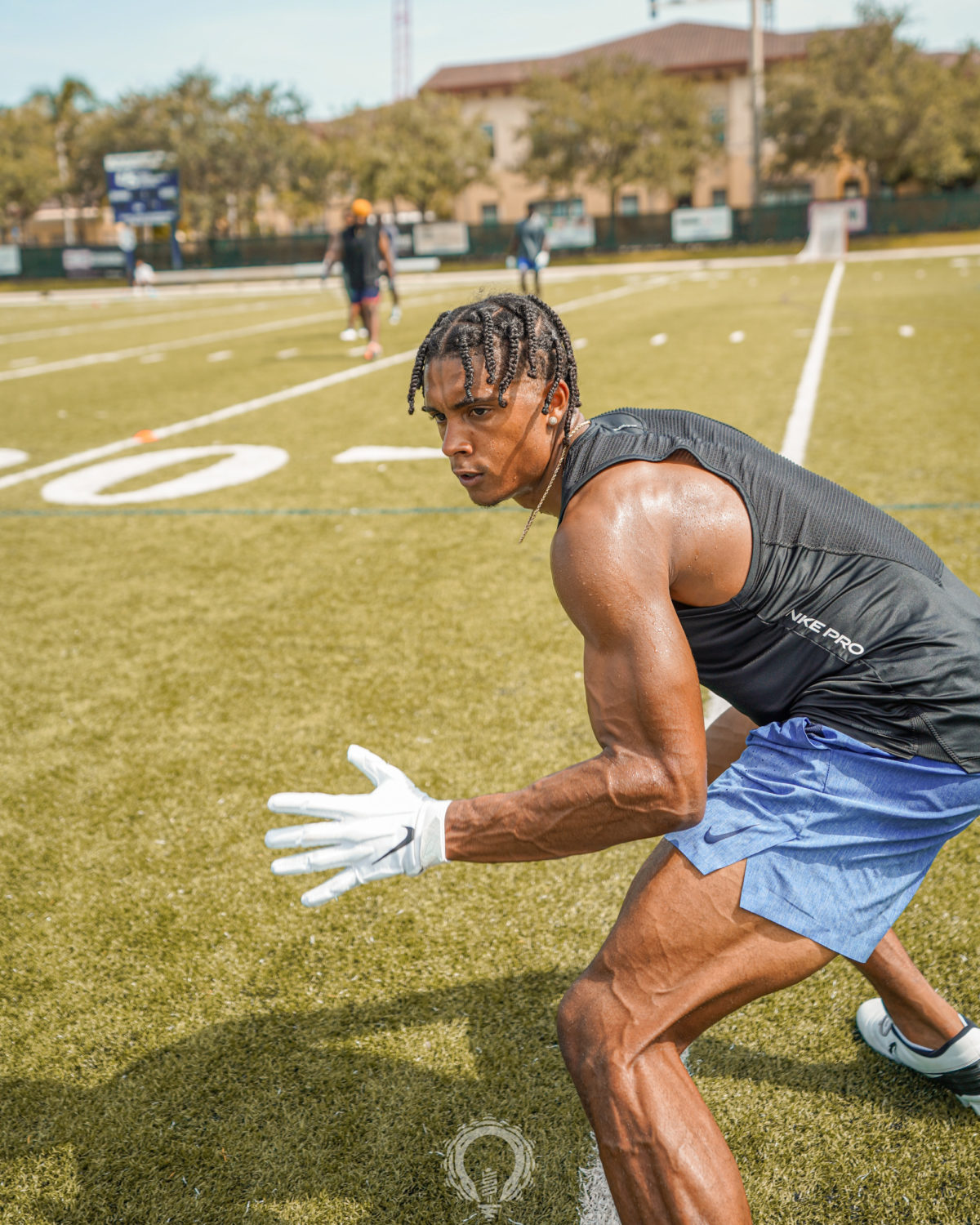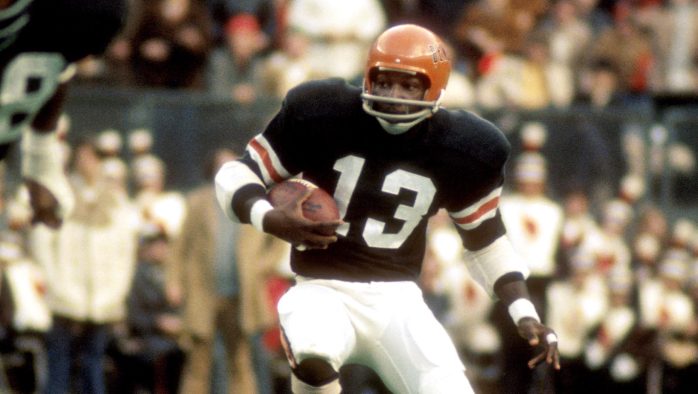Sometimes you just have to go hire guys to help you out with a problem. No this is not the beginning of the script to a mafia movie but back in the 90’s the Philadelphia Eagles, along with the rest of the league, was getting hit mob style by some guys from Texas. To handle the problem they had to go get some guys and that’s who we’re going to talk about in this article today.
The 90’s were known as the Cowboys era in the NFL. Three times from 1990-1999, the Cowboys raised the Lombardi Trophy and popped the champagne. There were many strong elements to those Cowboy football teams but the trio known as the triplets (Troy Aikman, Emmitt Smith and Michael Irvin) got the attention. It was rightfully so given how well they produced. Another important part of those Cowboy championship teams was wide receiver Alvin Harper. Harper combined with Irvin to provide a formidable force out wide that forced teams to keep safeties back to handle their downfield prowess. Irvin checked in at 6’2″ 207 lbs. and was easily the most physical wide receiver in the league. Harper was 6’3″ 210 lbs. and made a living just taking the ball off the top of the head of defensive backs.
Front and center for all of this greatness were the Philadelphia Eagles who watched their fellow NFC East foe consistently win the division and everything else. After three straight seasons of this, Philly started acquiring talent to match the problem. Most notably was upgrading the size of their cornerbacks to deal with the basketball team Dallas was working with every Sunday.
In 1995, Philadelphia Eagles drafted Bobby Taylor a 6’3″ cornerback out of Notre Dame in the 2nd round. Taylor was not a guy that racked up a lot of INTs for the Fighting Irish (5 career total) but he was remarkably athletic for his size and would thus serve the purpose for the Eagles. Taylor would pay immediate dividends providing tough coverage on future Hall of Famer Michael Irvin in their matchups his rookie season. Overall, he was solid as a rookie totaling two interceptions and bringing a tough bump and run presence to Philly. The problem for the Eagles as it pertained to their nemesis the Cowboys was that while Taylor was the tallest cornerback in the league and up for the task with one of the Cowboys’ wide receivers, the corner opposite of him, Mark McMillan was the shortest in the league at 5’7″. McMillan, who had a solid career, was at a disadvantage against either Harper of Irvin. With that in mind, the Eagles moved to gain another important piece.
In 1996, Philadelphia picked up Troy Vincent in free agency after a solid start to his career with the Miami Dolphins. Vincent at 6’1″ 200 lbs. was built for the task. Already a tough bump and run style corner, Vincent was coming off back to back five interception seasons and was full of confidence. Together with Taylor, Vincent and the Eagles finally started putting the clamps on the Cowboys offensive attack. What Philadelphia found is that Vincent and Taylor weren’t just good against Dallas, they were good versus everybody. This dynamic duo started making big cornerbacks a thing in the NFL.
After a couple of seasons of Taylor battling injuries, Vincent and Taylor really began their strong run in 1999. In the first year keeping the statistic “passes defensed” both Vincent and Taylor appeared in the top 20 in the statistic. In 2000, the duo had their finest season together. Vincent was third in the league with 22 passes defensed to go along with 5 interceptions. Taylor was 6th in the league in passes defensed with 20 and added 3 interceptions. They spearheaded the defense for a Philadelphia team that finished 11-5 and made it to the second round of the playoffs. 2001 saw their strong play continue with Vincent leading the league with 27 PBUs and Taylor adding 17. The pair would go on to play solid defense for the Eagles for two more seasons before going their separate ways. Vincent and Taylor’s success led to a trend of cornerbacks becoming bigger and taller in the NFL. Before there was a Richard Sherman and Brandon Browner, there was Troy Vincent and Bobby Taylor.
Check out other dynamic duos like this one on Sam Madison and Pat Surtain

